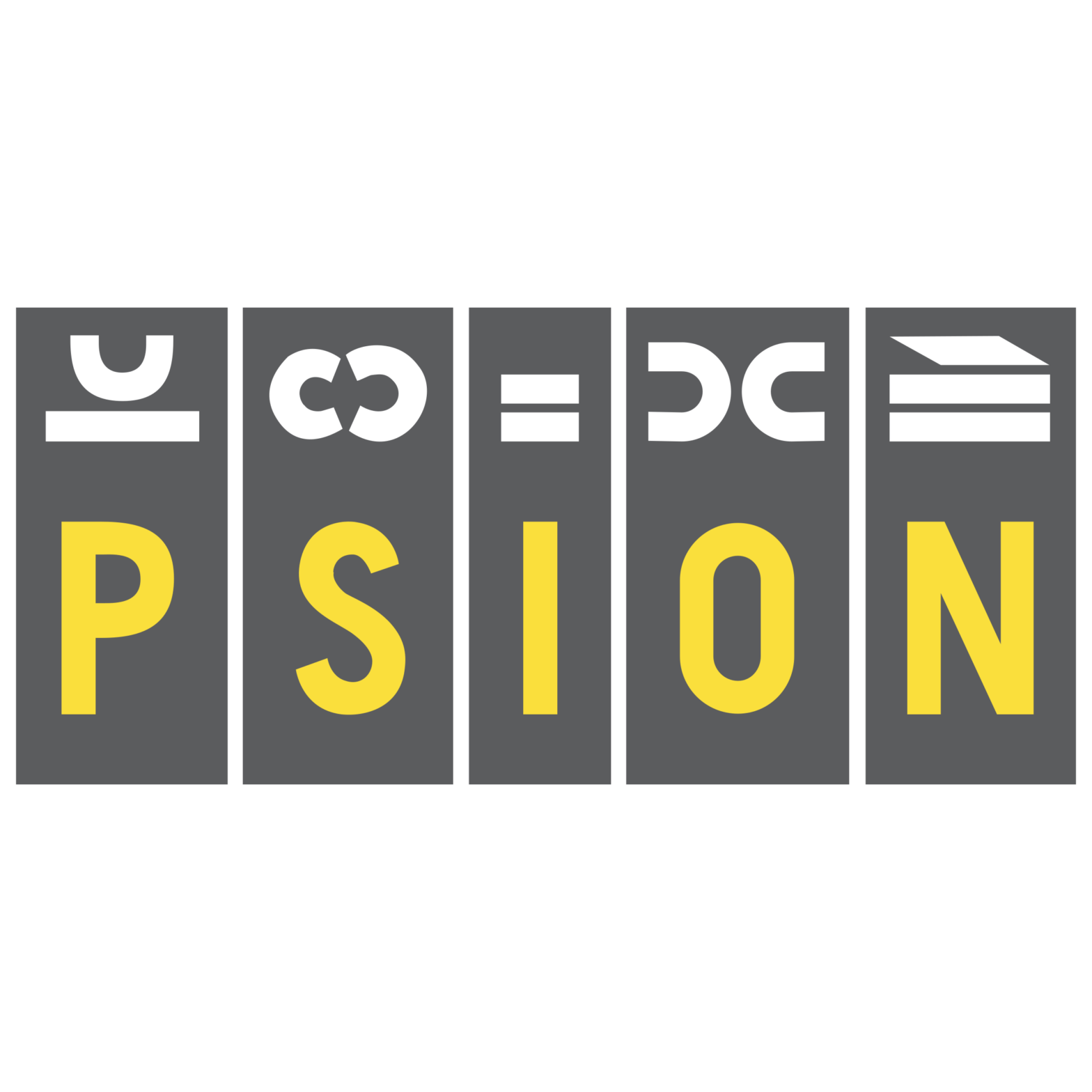PSIONwas once a shining light of the UK’s information technology industry. In the 1980s and early 1990s its Psion Organiser dominated the personal digital assistant (PDA) market, and it was one of the originators of the Symbian operating system that dominated the pre-iPhone mobile market.
But while the Psion Organiser prefigured the smartphones of today, the company failed to make the transition into the mobile telephony era. It changed tack in 2000, acquiring Canadian ruggedised handset-maker Teklogix and shifting its focus to industrial mobile devices. Even after this transformation, however, the company “bumbled along” for many years, says Jonathan Brayshaw, the company’s global leader for digital communications. It was not until 2008, when Psion appointed John Conoley as CEO, that the real transformation started to kick in.
“[Conoley] brought with him a strategic vision,” says Brayshaw. “He saw that buried in our overall product portfolio was a degree of modularity, which could allow our devices to be customised from the ground up.”
Psion built on this modularity to create a new product platform called Omnii, which allows third parties in particular industries to create vertically focused products. “For example, specialists in the healthcare sector can work with us and develop modules using the Omnii platform that are specific to that market’s needs,” Brayshaw explains.
The success of this new strategy depends heavily on communicating and collaborating with partners, so that new opportunities can be discussed, debated and developed. The company therefore decided to build a ‘community platform’, a website where Psion employees and partner representatives could convene to do just that.
The result is IngenuityWorking.com, a website built using ‘social community software’ from US provider Telligent. The site includes a number of social media-like functions, including blogs, discussion forums and the ability to follow other members’ activities, as well as integration with the major social networking sites.
Launched in March 2010, the site now has more than 15,000 registered users, and receives over 60,000 visits a month. Brayshaw reports that the site has succeeded in encouraging collaboration between Psion and its partners. “It doesn’t replace face-to-face collaboration, but it condenses the time involved,” he says. “It reduces email traffic, and it promotes a much more even and constructive flow of ideas than email can.”
Furthermore, it has made internal collaboration more efficient and more transparent, Brayshaw claims. “People who may have an administrative or a financial function are now contributing to discussions that they wouldn’t normally have been party to,” he says. “But because the community exists, they can be part of the conversation. And we believe good ideas can come from anywhere.”
Some employees have taken longer than others to pick up the appropriate behaviour for the social collaboration site, Brayshaw explains. “People who are not from the generation that grew up with Facebook are getting to grips with it, and we’ve had some interesting experiences when people have not known what the boundaries are,” he says. “We’ve had people say disparaging things on there that they have later regretted, but we see that very infrequently. For the most part it’s a self-policing tool.”
Psion has cut its technical helpdesk costs by 5% by encouraging its partners to bring customer support issues to the community, says Brayshaw. “Our employees in technical support spend a lot of time in the community. When a partner posts a customer support problem on there, a tech support person will jump in and say what the solution is, or they’ll say, ‘I’ll need to ask engineering.’ Engineering will then get an alert, and they’ll come back with a response.”
The company has not calculated a return-on-investment for the project (“ROI is still an emerging area in social media,” says Brayshaw) but funding was not predicated on producing one. “We did it because it was right for our strategy,” he explains.
Instead, Brayshaw gauges the site’s success by monitoring the community activity. “Are the discussions that are important to our business active and buoyant with regular contributions? The answer is yes. And are the contributions from a diverse mix of people in the business? Yes.”
Psion’s strategic reinvention has yet to reverse its financial fortunes. The company’s revenues fell 4% to £81 million in the first half of 2011, and it made a £5 million loss. Nevertheless, the IngenuityWorking.com project is an example of social collaboration technology being used as an agent for significant organisational change.










